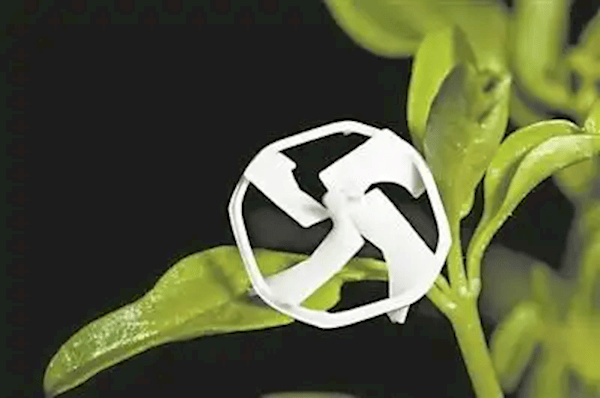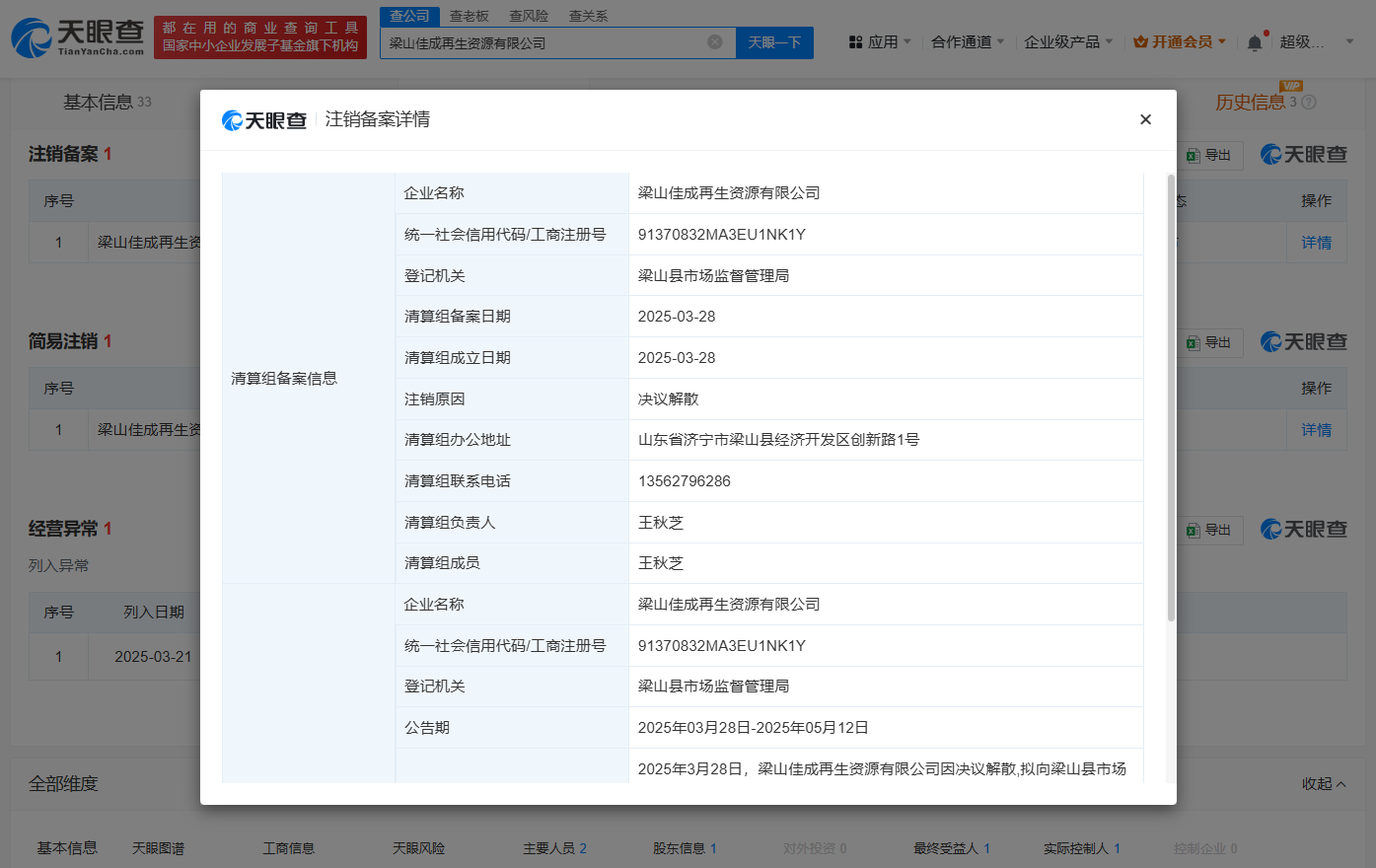As the global camera market approaches the end of 2024, a wave of innovation and change is on the horizon. According to predictions by the industry authority CIPA, despite market fluctuations, the camera market in 2024 still shows vitality, with an expected total camera sales of 5.89 million units, portable camera sales of 1.52 million units, and lens sales of 9.57 million units. Against this backdrop, major camera manufacturers are preparing to launch a variety of new models in 2025, including highly anticipated flagship products.
In the upcoming year 2025, compact cameras are expected to regain market focus. Several foreign media outlets predict that with the changing lifestyle of consumers and the increasing demand for portable, high-quality photography, compact cameras will once again be sought after. Canon, Sony, Nikon, and other camera giants are expected to increase investment in this area, launching compact cameras equipped with high-performance zoom lenses and affordable prices, with the pricing potentially below $1,000.
Especially noteworthy is the rumor that Sony plans to restart the RX1 series instead of continuing with the RX100 series. Known for its exceptional image quality and exquisite craftsmanship, a new RX1 series in 2025 would undoubtedly inject a strong new momentum into the compact camera market.
Canon, as the leader of the camera industry, is closely watched by both the industry and the public. In July this year, Canon launched the flagship full-frame mirrorless camera EOS R1, equipped with a 24.2-megapixel back-illuminated stacked sensor and an upgraded full-pixel dual-core intelligent autofocus system. However, in the increasingly intense pixel competition, the EOS R1 did not have a clear advantage in terms of pixels. As a result, Canon plans to launch a high-pixel version of the EOS R1 in 2025, which is expected to use the same sensor as the EOS R5 Mark II while retaining the body design of the EOS R1.
The EOS R5 Mark II uses a new 45-megapixel full-frame back-illuminated stacked CMOS sensor developed by Canon, which not only significantly improves image resolution but also significantly increases sensor readout speed, effectively reducing motion blur and rolling shutter effect. The sensor also supports a high sensitivity of up to ISO 102400, ensuring excellent performance in low-light environments.
Nikon, in order to maintain its leading position in the entry-level full-frame mirrorless camera market, plans to launch the successor to the Nikon Z5—the Nikon Z5 II. It is reported that the new Z5 camera will use the same sensor as the Z6 III and be equipped with the AF algorithm and the latest image processing engine of the Z6 III. Although there may be a simplification in video functions, the overall performance will still be improved. Especially the partially stacked CMOS sensor used in the Z6 III gives the Nikon Z5 II significant advantages in continuous shooting speed, jello effect control, and video specifications.
Fujifilm, as a leading manufacturer of medium-format cameras, has been praised for its affordable prices and excellent image quality. In 2025, Fujifilm plans to launch a new medium-format camera equipped with a high-speed sensor to meet the higher shooting needs of professional photographers. Reliable information suggests that the Fujifilm GFX100RF camera is expected to be launched in March 2025, featuring a 50-megapixel sensor, significantly enhancing both still and video performance. The camera also adopts a fixed-lens design, offering high portability, and is similar in size to the Fujifilm X-Pro3.
Sigma, as a well-known third-party camera lens manufacturer, has also gained attention in the camera body business. According to overseas media reports, Sigma CEO Mr. Yutaka Yamasaki revealed that Sigma's full-frame Foveon model is being prepared intensively. After years of technical research and development, Sigma has solved the manufacturing difficulties and the model is about to be launched. Although the Foveon sensor technology has certain advantages in some aspects, there are still certain inconveniences in use compared to cameras with Bayer sensors. Especially in low-light performance, the Foveon sensor technology needs further improvement. However, Sigma has stated that they will fully address these issues to create a more user-friendly camera.
Finally, Sony is also planning to launch a new full-frame camera, α7R VI, in 2025. It is revealed that the camera will use an 80-megapixel full-frame CMOS sensor, bringing unprecedented image quality improvements. In addition to high-pixel, the Sony A7R VI is equipped with a BIONZ XR image processing chip and dual AI processing chips, making the camera more intelligent and efficient in image processing and recognition. The camera also supports 8K 30P and 8K 60P high-resolution video shooting, as well as 4K 120P, FHD 240P 10-bit video shooting. In terms of the body, the Sony A7R VI features a 944k-dot EVF viewfinder and a 120fps refresh rate screen, a 3.2-inch 4-way tilting touch screen, and supports dual CFexpress A card/SD card storage, providing photographers with more convenience and reliability.








暂无评论